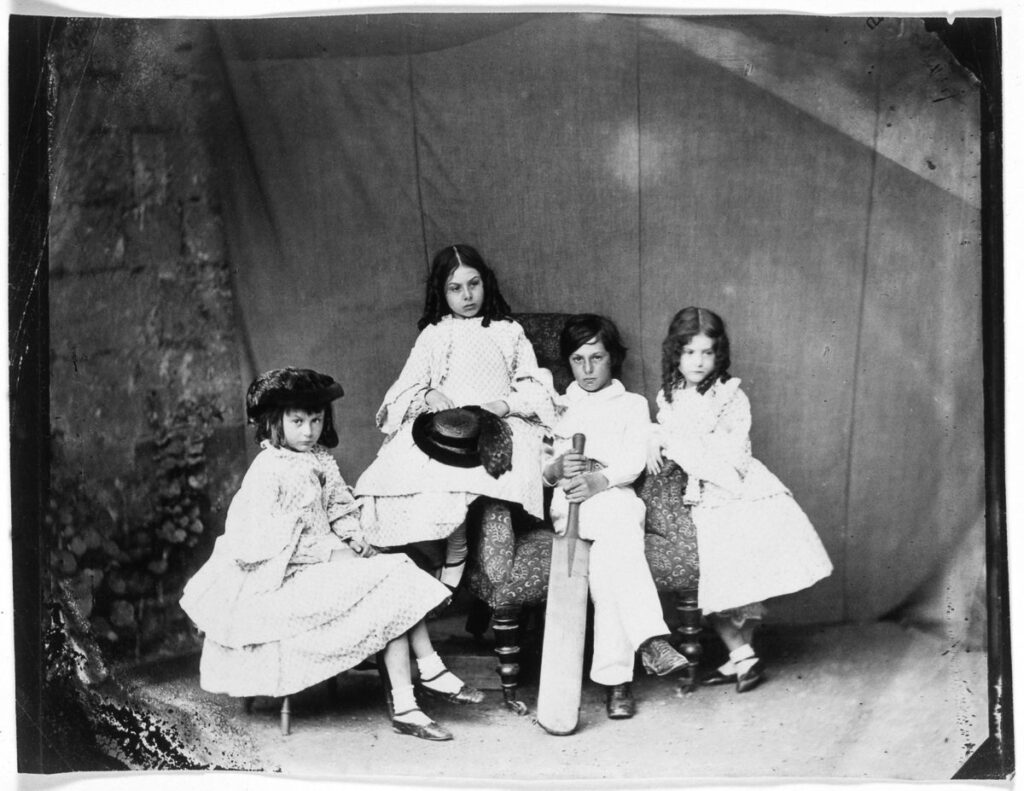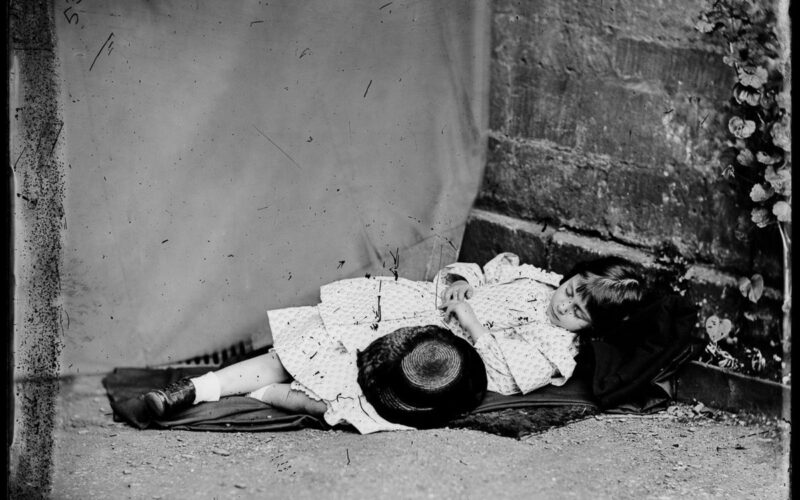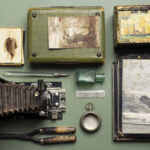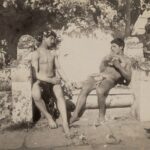Lewis Carroll, the pseudonym of Charles Lutwidge Dodgson, is best known as the author of “Alice in Wonderland.” Yet Carroll had another, lesser-known passion: photography. During the 19th century, he was a pioneer of this art form, capturing images that offer a fascinating glimpse into the Victorian era.
His photographs allow us to see a more intimate and personal side of the iconic Alice’s creator. Portraits of women and children, landscapes, self-portraits – all were subjects of his careful lens. Among his most famous photographs are those of young Alice Liddell, the girl who inspired the character of Alice in his renowned novel.
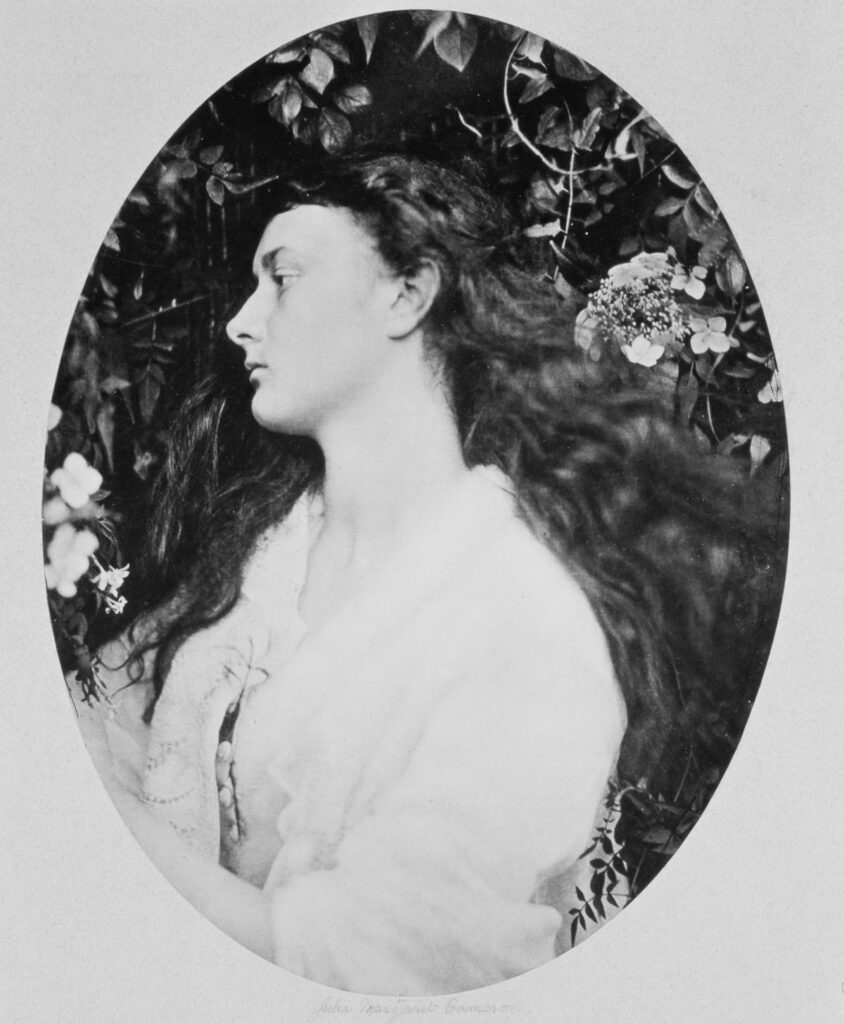
Carroll had an eye for beauty and a gift for capturing unique moments, qualities evident in both his formal compositions and more casual portraits.
However, Carroll’s photographs are not without controversy. Some of his images of children, for instance, have sparked debates over the years due to their intimate nature. While these images might seem innocent through the lens of the 19th century, they can appear uncomfortable to the modern audience. It’s important to remember that the relationship between photography and society was very different back then compared to today.
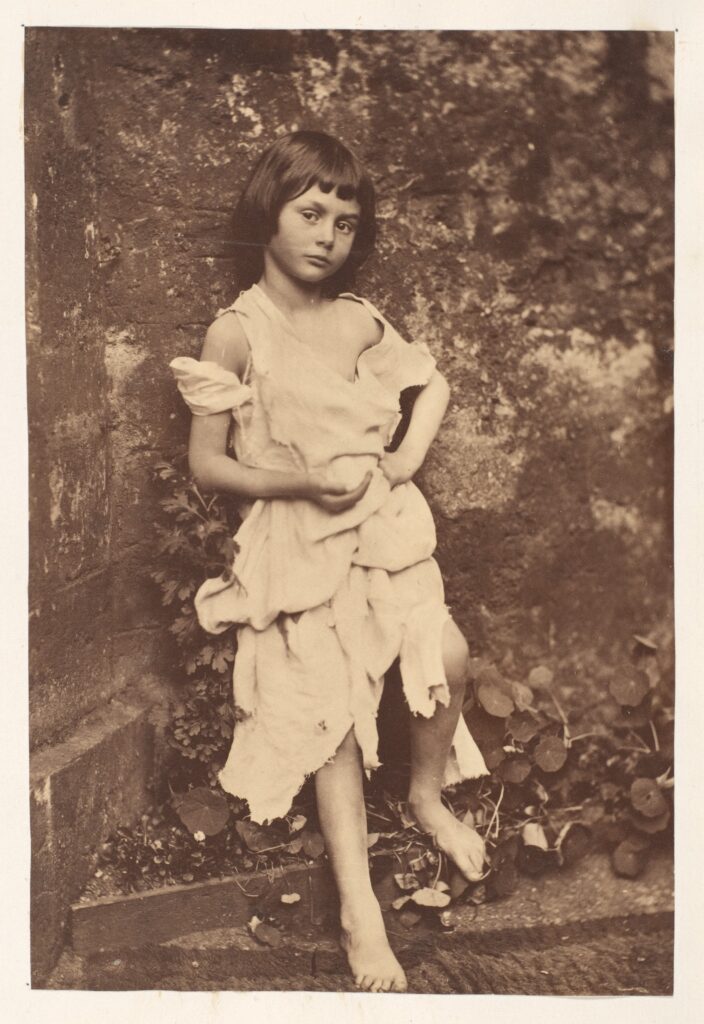
Indeed, Carroll’s photographs represent an era and sensibility vastly different from our own. Many of his works portray children, particularly girls, in innocent poses that reflect the purity and naiveté of childhood. Carroll often depicted these figures in play costumes or, in some cases, semi-nude, a common practice in Victorian art.
In the context of the 19th century, these images were seen as celebratory of childhood’s purity and innocence. Child nudity was not at all rare in Victorian photography, often used to highlight the innocence and vulnerability of children.
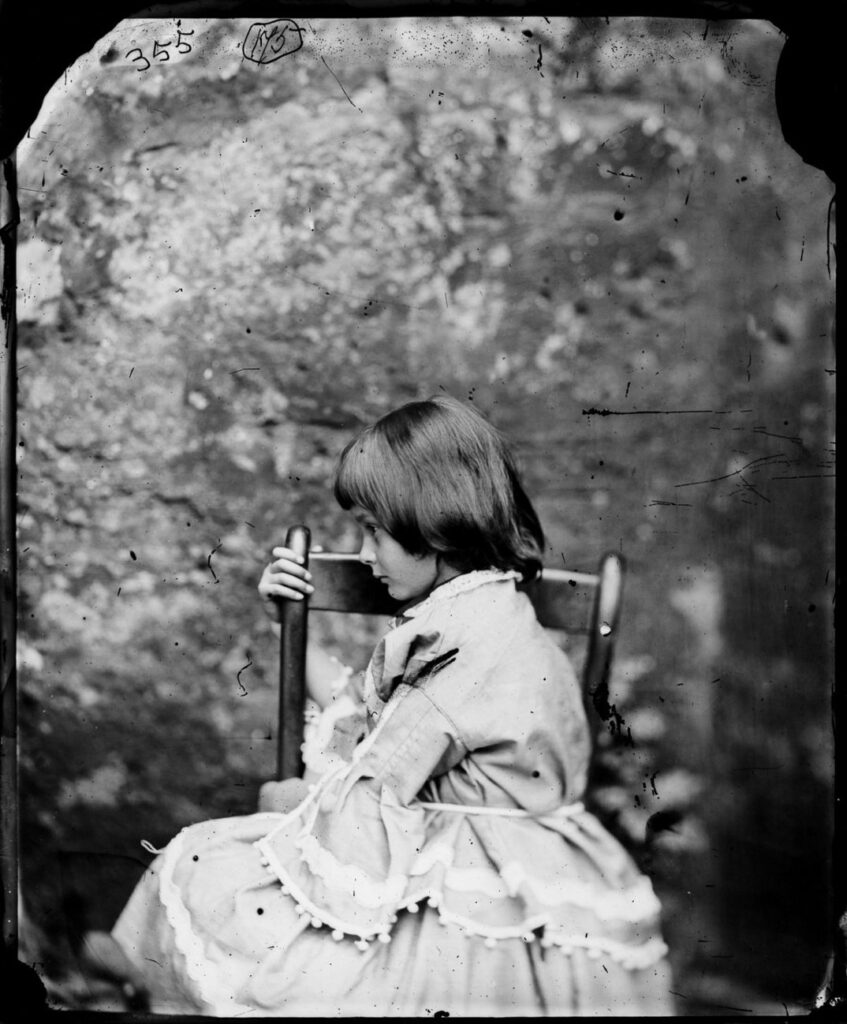
However, over time, public perception of these images has significantly changed. In modern society, photographs of children in intimate or semi-nude poses can evoke a sense of discomfort, given the increased awareness and sensitivity towards child protection.
This has led to a reconsideration of Carroll’s photographs, with some critics suggesting darker interpretations. However, such interpretations risk retroactively projecting contemporary concerns about child exploitation onto a historical period where such concerns were either non-existent or perceived very differently.
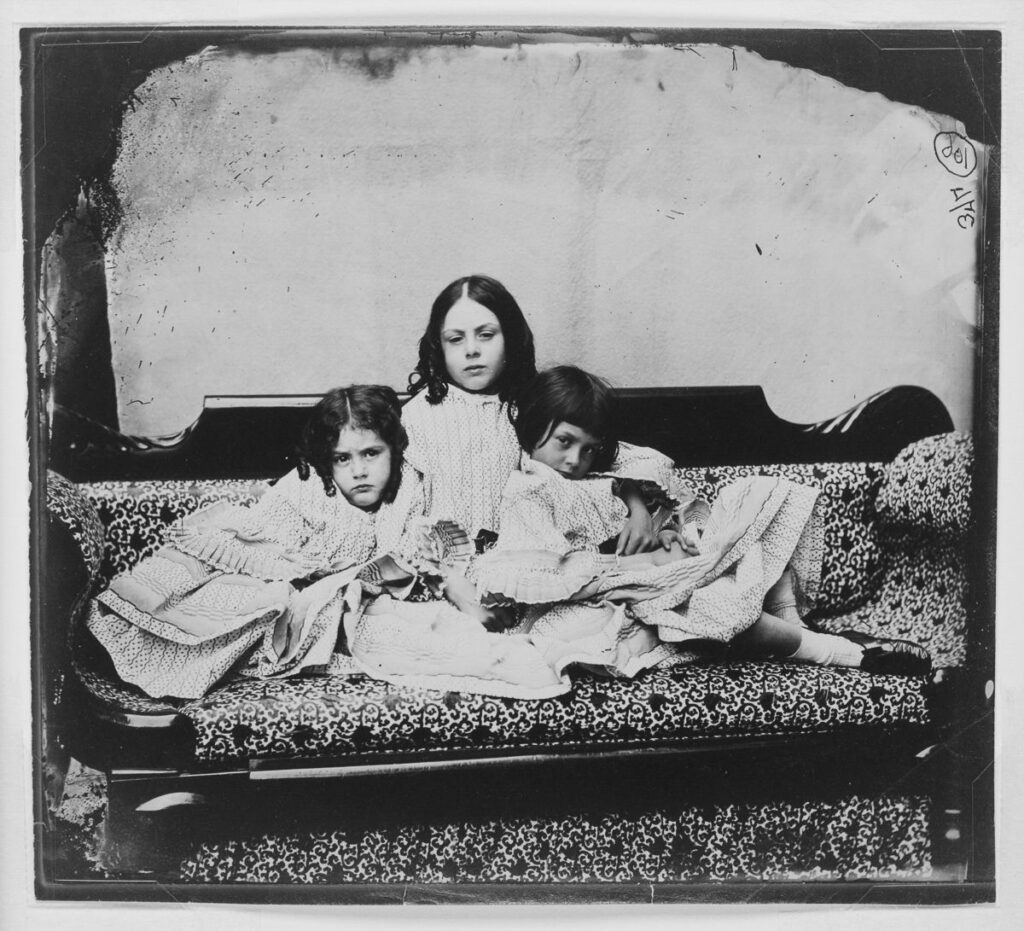
Therefore, it is important to view Carroll’s photographs with a historical lens, understanding that they reflect the norms and customs of a different era. This doesn’t mean ignoring the issues that may arise from a modern view of these images, but rather recognizing how our cultural sensitivity has evolved over time.
Despite the controversies, Carroll’s photographs remain an important historical and artistic document, offering not just a demonstration of his skill as a photographer, but also of the complex intersections between art, society, and perceptions of childhood in the 19th century. They still provide a valuable opportunity to reflect on our understanding of childhood and how our perceptions of this vital period have evolved over time.
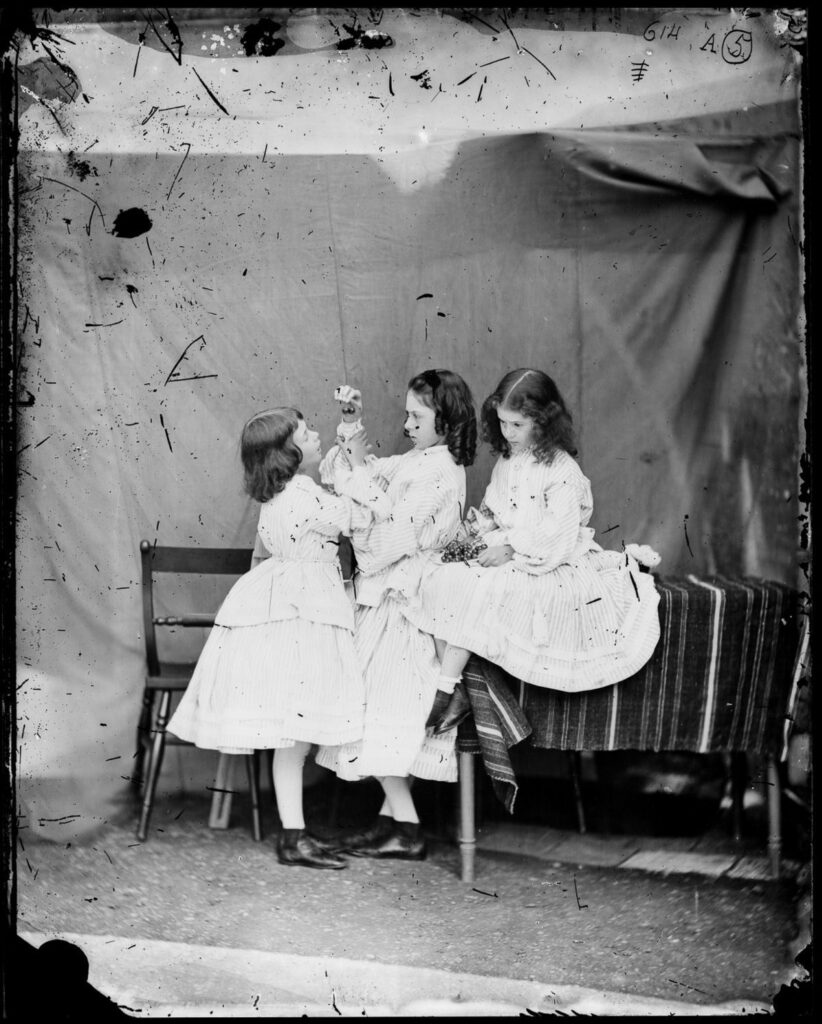
Ultimately, Carroll’s photographs are an invaluable treasure. They offer a fascinating portrait of a bygone era and allow us to see the world through the eyes of one of literature’s most beloved writers. Beyond being a literary genius, Carroll was an artist in every sense, and his photographs are a further tribute to his creativity.
Whether you’re a fan of “Alice in Wonderland,” a photography enthusiast, or simply curious to learn more about the famous author, Lewis Carroll’s photographs are worth exploring. They provide a unique and intriguing look at one of the most celebrated figures in literary history, revealing a side of him that many might not know.
